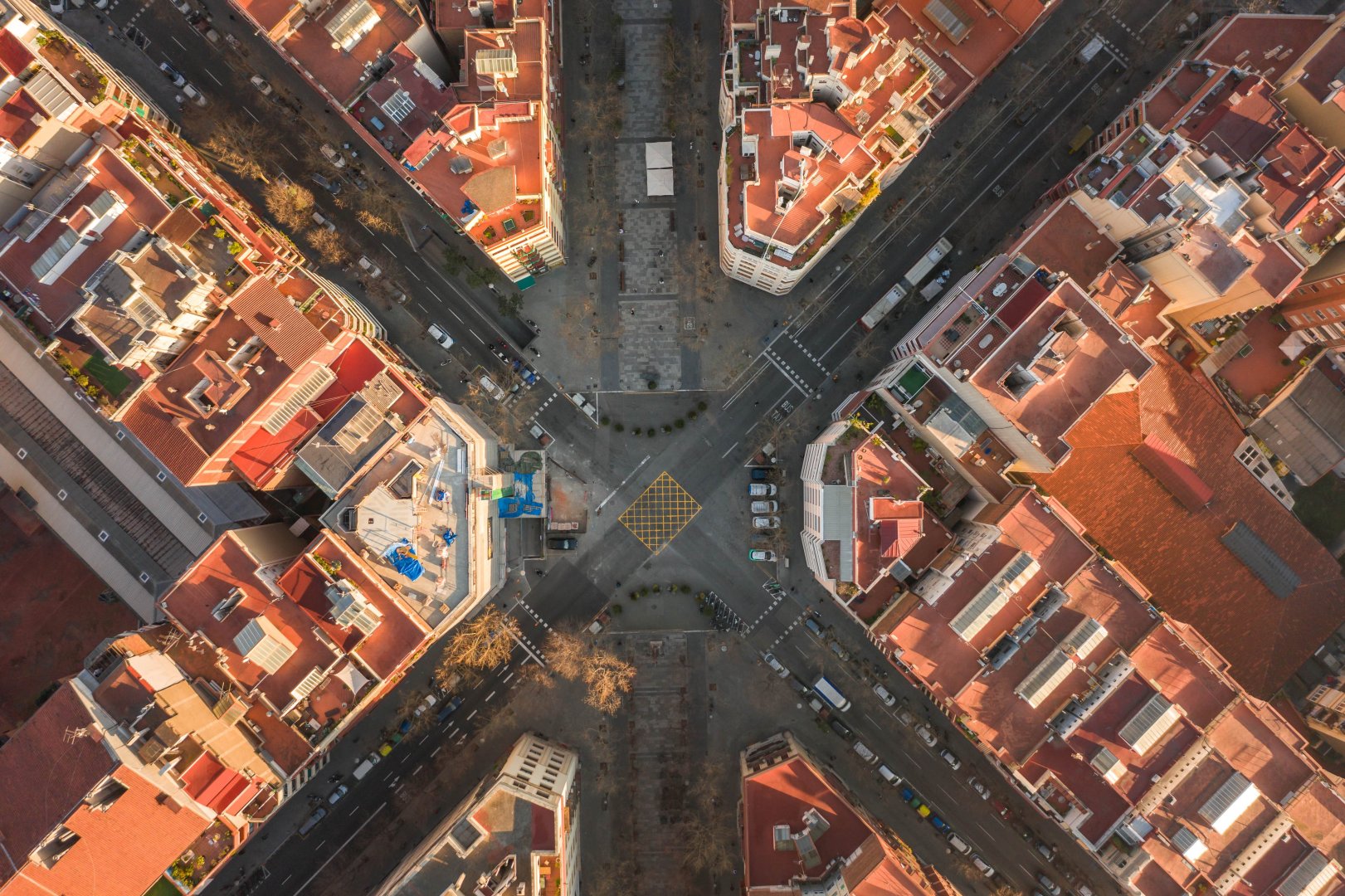
Understanding Charge Injection-Induced Electroluminescence in Memristive Artificial Neurons
Please login to view abstract download link
Memristors are low-power nanoscale components that replicate synaptic plasticity by modulating their electrical resistance [1], making them ideal for brain-inspired computing architectures such as neuromorphic networks [2]. Recent research has revealed that resistive switching is accompanied by light emission, reminiscent of a biological phenomenon occurring in brain cells known as biophoton emission [3]. This electroluminescence is attributed to three main mechanisms: charge injection into luminescent defect sites [3, 4], inelastic tunneling and overbias emission [5], depending on the conductance regime. This work investigates the early stages of defect formation in memristors for light emission. Understanding the precursing signatures of defect formation is achieved through the use of a photoluminescent probe, providing insights into the mechanisms that govern this process (Fig.1.a). As an example, the potentiation step, essential in synaptic plasticity, enables the injection of defects necessary for current flow and light emission (Fig.1.b). The ultimate goal is to design integrated light sources for neuromorphic systems and advanced optoelectronic applications, particularly in facilitating light-matter interfacing in photonic circuits. [1] Electrochemical dynamics of nanoscale metallic inclusions in dielectrics, Y. Yang et al., Nat Commun 5, 4232, 2014 [2] Low-Voltage Oscillatory Neurons for Memristor-Based Neuromorphic Systems, Q. Hua et al, Global Challenges, 3, 1900015, 2019 [3] Self-Induced Light Emission in Solid-State Memristors Replicates Neuronal Biophotons, K. Malchow et al., ACS Nano, 18, 35, 24004–24011, 2024 [4] Atomic scale memristive photon source, B. Cheng et al, Light Sci Appl 11, 78, 2022 [5] Overbias and Quantum Tunneling in Light-Emitting Memristors, S. Hamida et al, Phys. Rev. Appl., 20, 2, 024057, 2023
